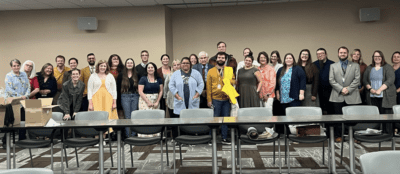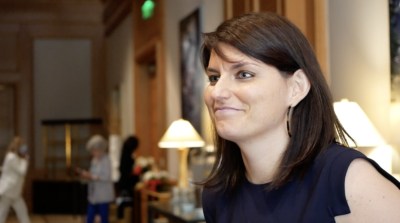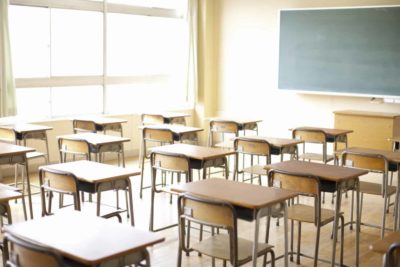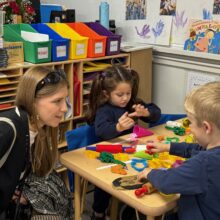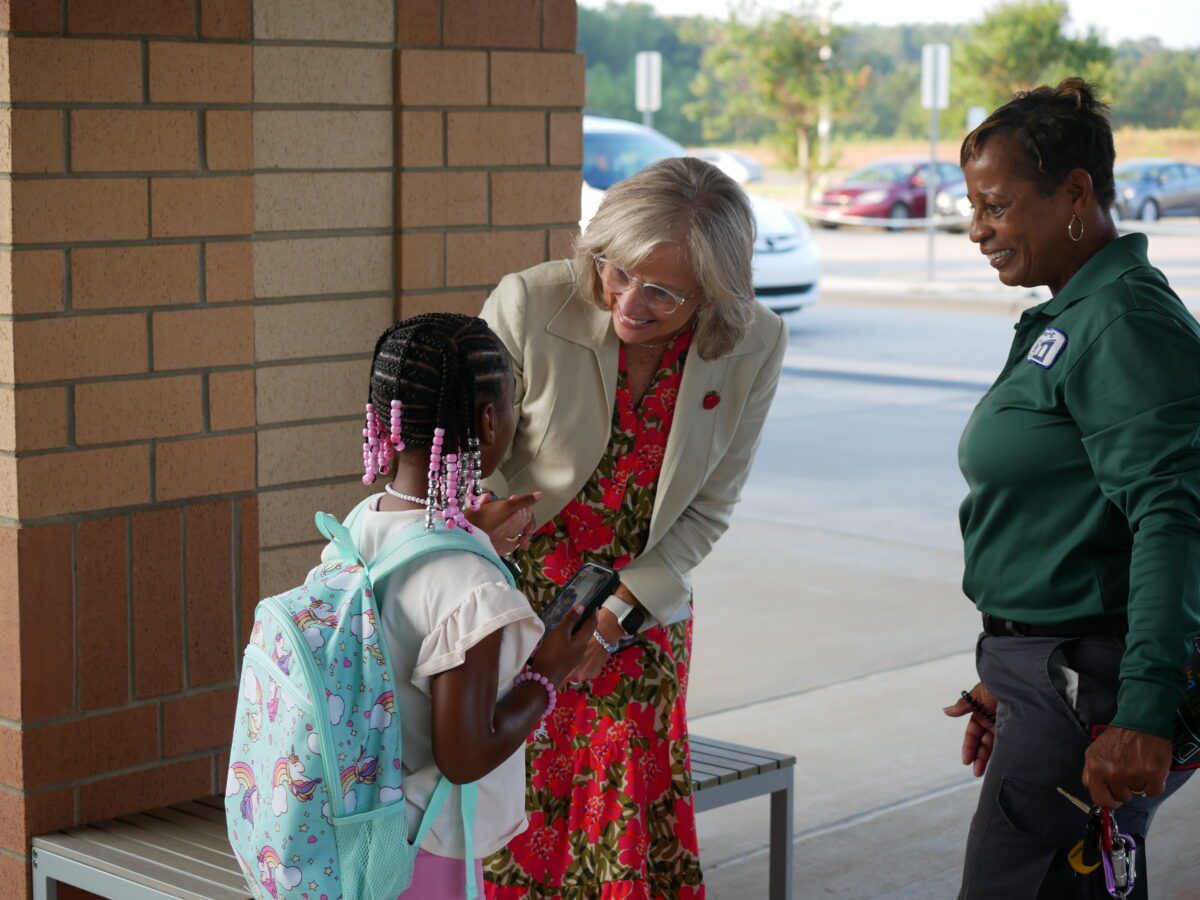
|
|
Clarke Elementary School students lined up for breakfast starting at 7:30 a.m. Monday. Backpacks were colorful, some were fluffy, and many pictured characters from Lilo and Stitch.
For the fourth year in a row, Vance County Schools Superintendent Cindy Bennett served students their breakfast on the first day of school. But this year, Bennett said, felt different.
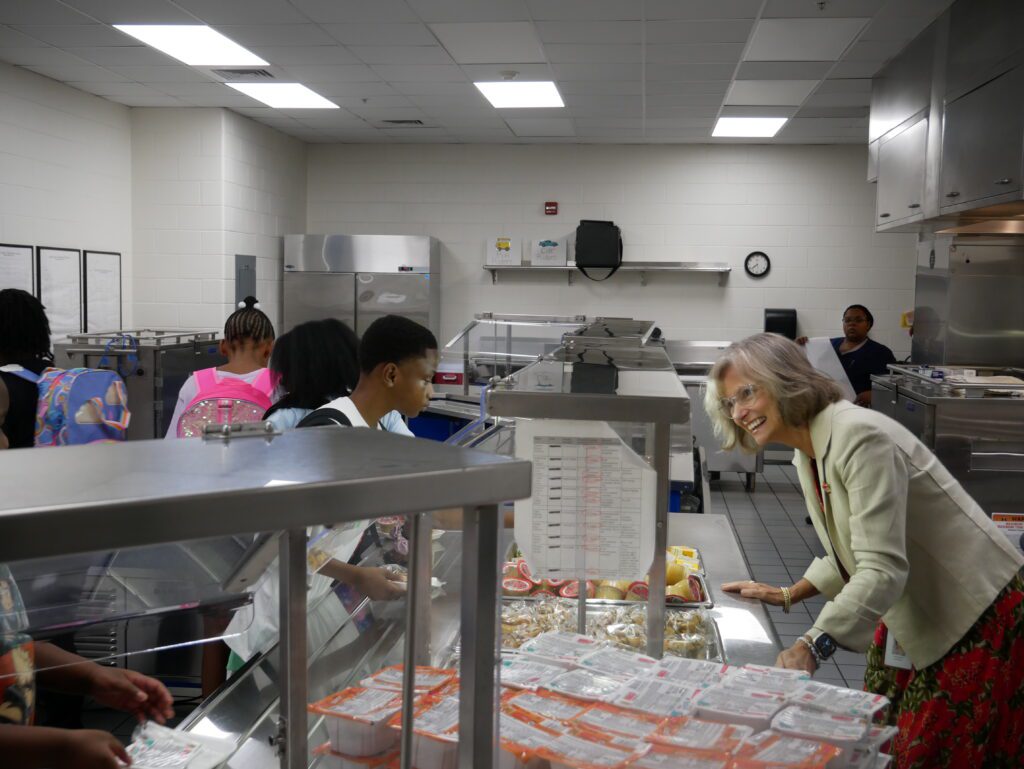
Several of the students shared what grade they were entering proudly, without being asked. A cafeteria server helped them remember their six-digit lunch numbers. Friends reunited at the cafeteria tables.
And as the students looked forward to new classrooms and teachers, Bennett anticipated a special year for the district.
The Vance County system consists of 16 individual schools. But Bennett describes the district as “an ecosystem.” For the past four years, administrators and educators have been focused on helping students recover from pandemic challenges. That requires working together, she said.
This year feels like a point of momentum.
“We really have been focused on learning recovery,” Bennett said. “We’re just at the point of really being able to see the return on our investment of time, of strategies, of instruction.”
Although the most recent performance data is still embargoed, Bennett said she is proud of the “significant growth” the schools showed.
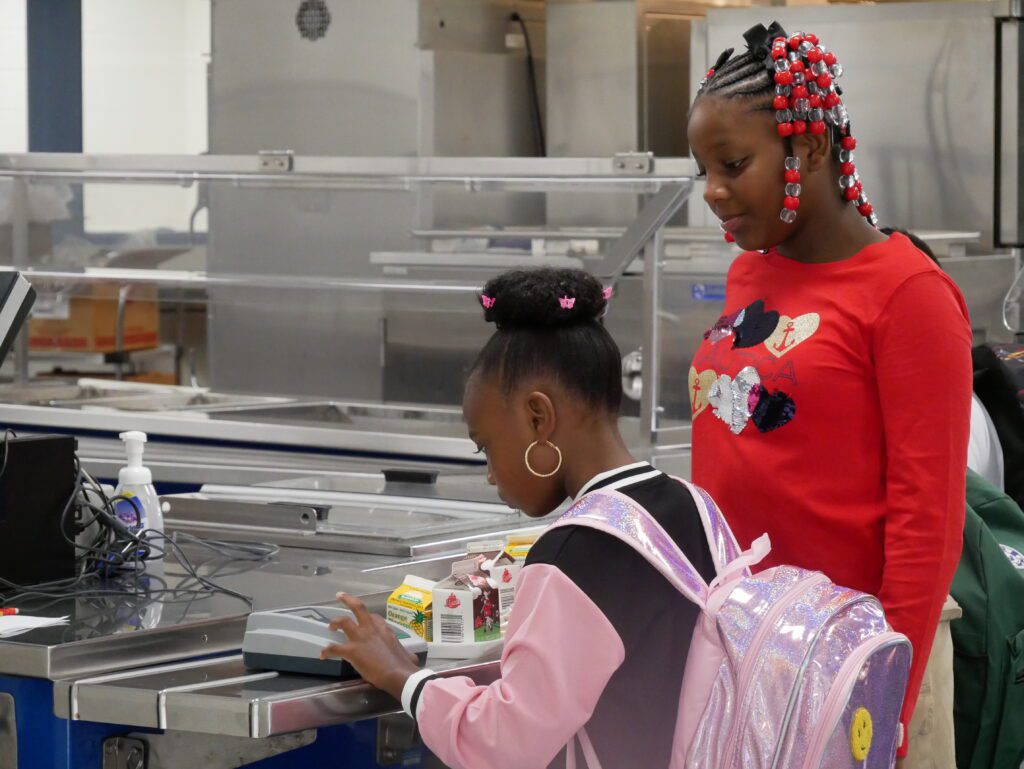

The ecosystem includes 10 elementary schools, a middle school and an “early high school,” a high school and an early college, a virtual school, and an alternative school.
Last school year, the district served 5,097 students. It provides both breakfast and lunch free of charge for every student as part of the federal Community Eligibility Program, which requires 65% to 70% of students to be eligible for free or reduced-price meals.
Vance County, in the northeast portion of the state, is a rural county with a declining population. The district consolidated two high schools and two middle schools in 2018 because of declining enrollment and to save about $2.4 million a year, the school board said at the time.
Here’s more information on the county:
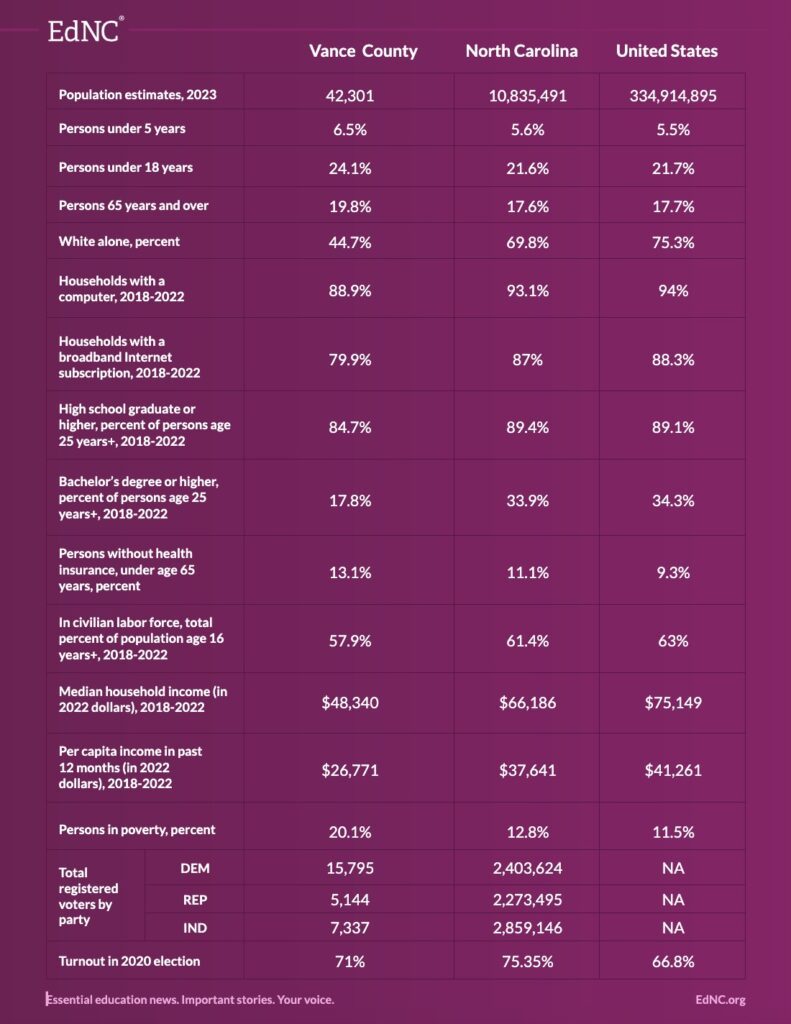
The consolidation opened an opportunity.
The district’s two middle schools moved into the vacated Northern Vance High School. One of the empty middle schools was bought by the county. The other, in a historic building from the 1930s, stood still.
Opened as Henderson High School in the 1935, the building has been through multiple iterations. A fire in 1968 caused high schoolers to move to a new building down the road. The building was then repaired and opened as Henderson Junior High in 1971. It was home to Henderson Middle School until 2018.
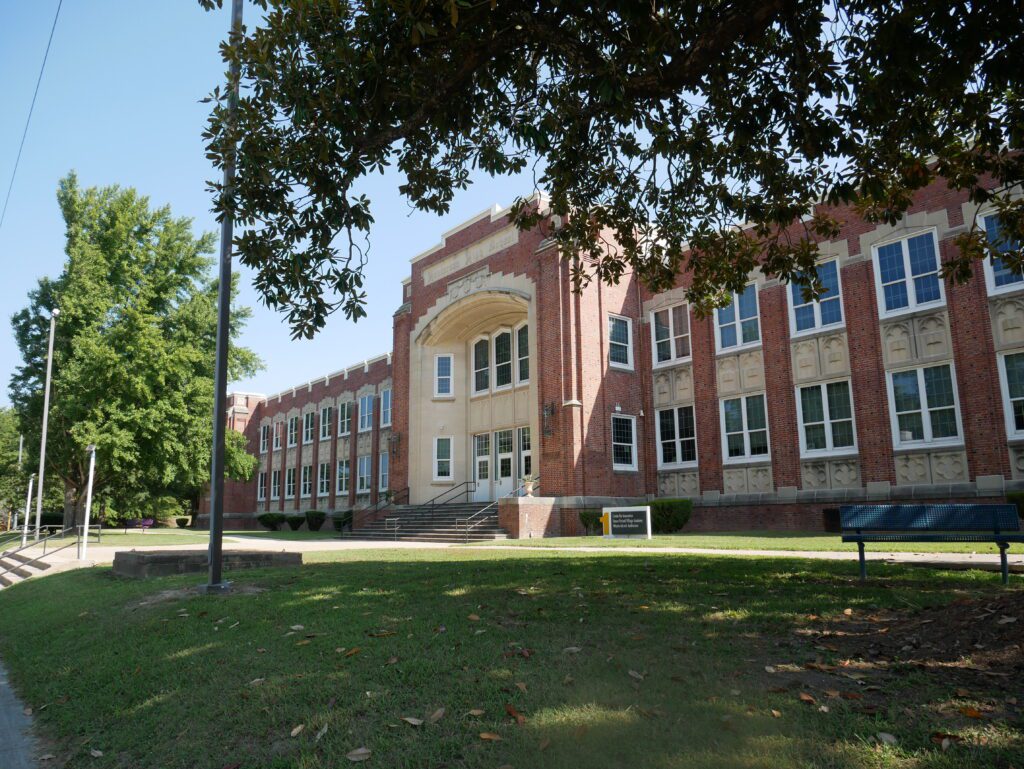
When no other entity bought the building, the district stepped up.
“No one bit,” said Aarika Sandlin, the district’s director of communications. “So we reimagined it.”
Enter the Center for Innovation.
Ensuring the building continued to be a place where learning happened meant a lot to the community, Sandlin and Bennett said. Many alumni paid to have their names in plaques on their former lockers.
The Center for Innovation now holds technology, community resources, and career exploration opportunities that students can access districtwide through field trips and courses.
“We can’t fully fund all innovative practices that we would like to at all 16 schools, but we can use our Center for Innovation to fund some really exciting things that our students can have access to,” Bennett said. “… Instead of giving a school $20,000 or $10,000 for STEM — no, no, no. We can take $2-300,000 and do something there.”

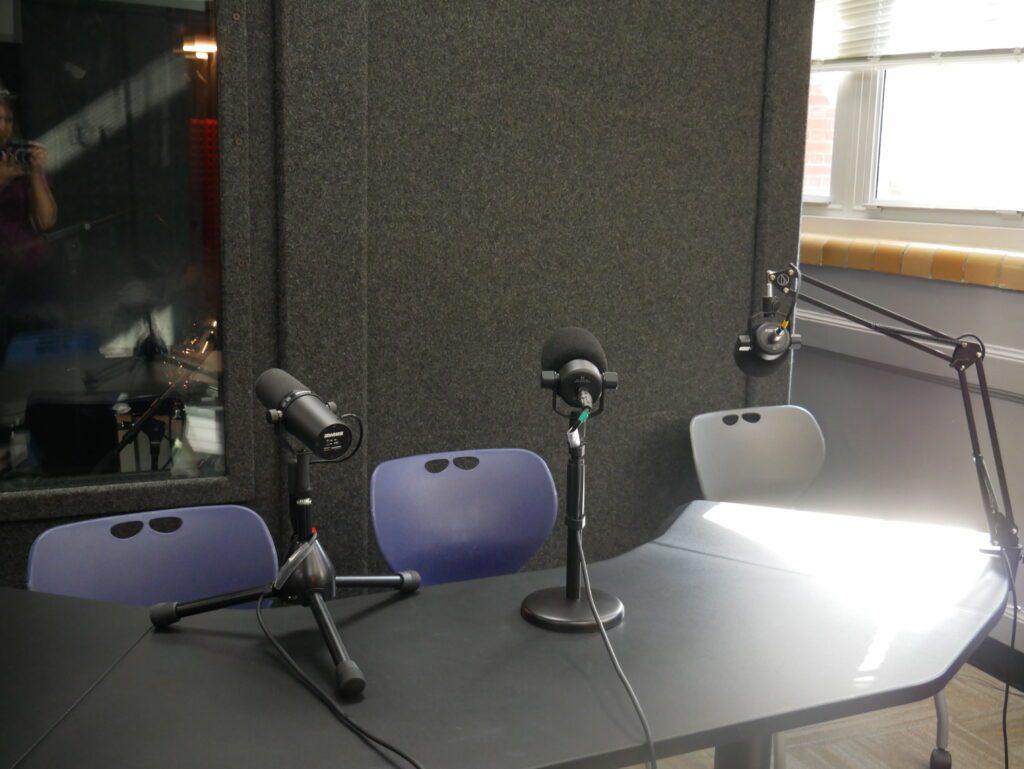
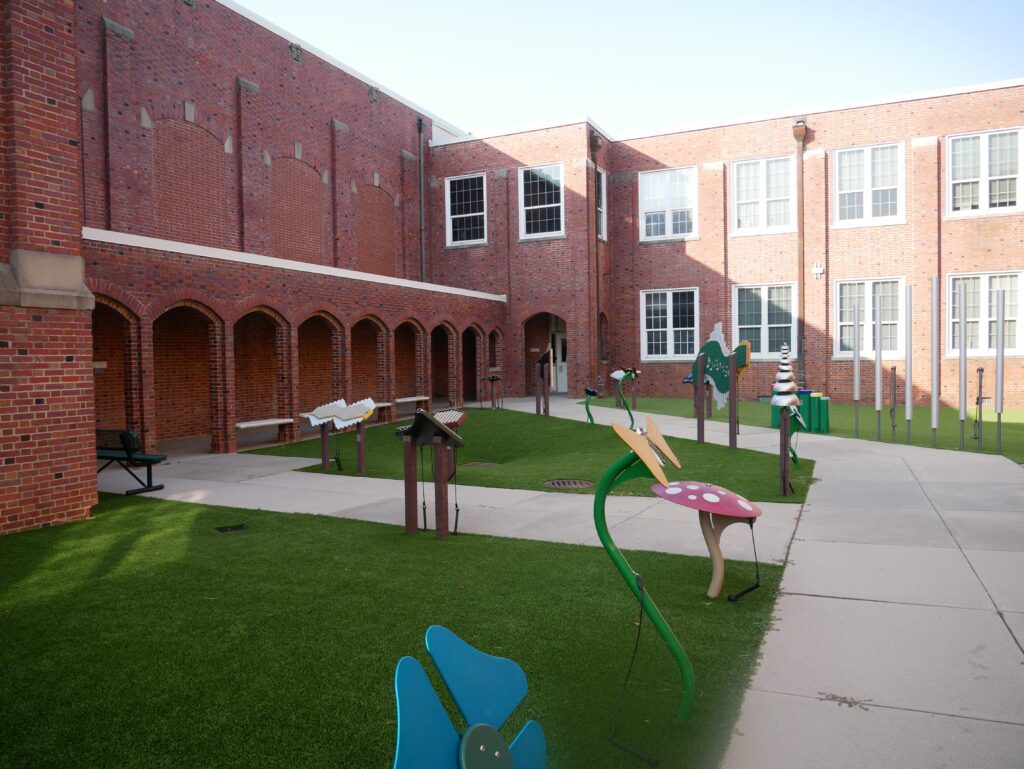
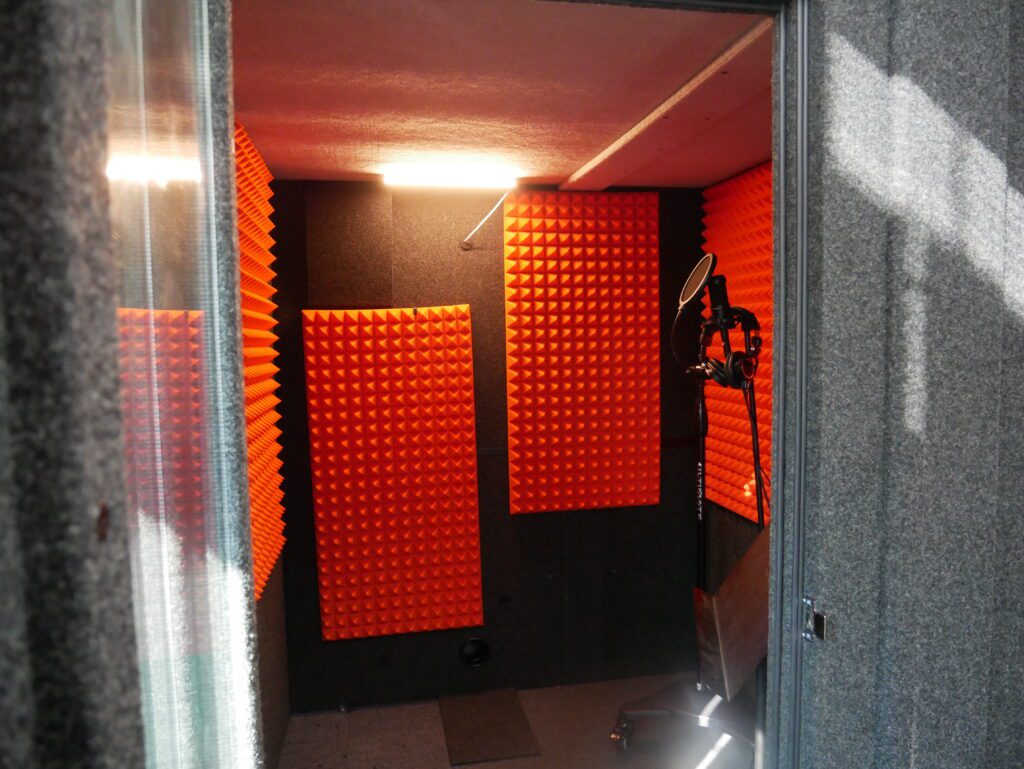
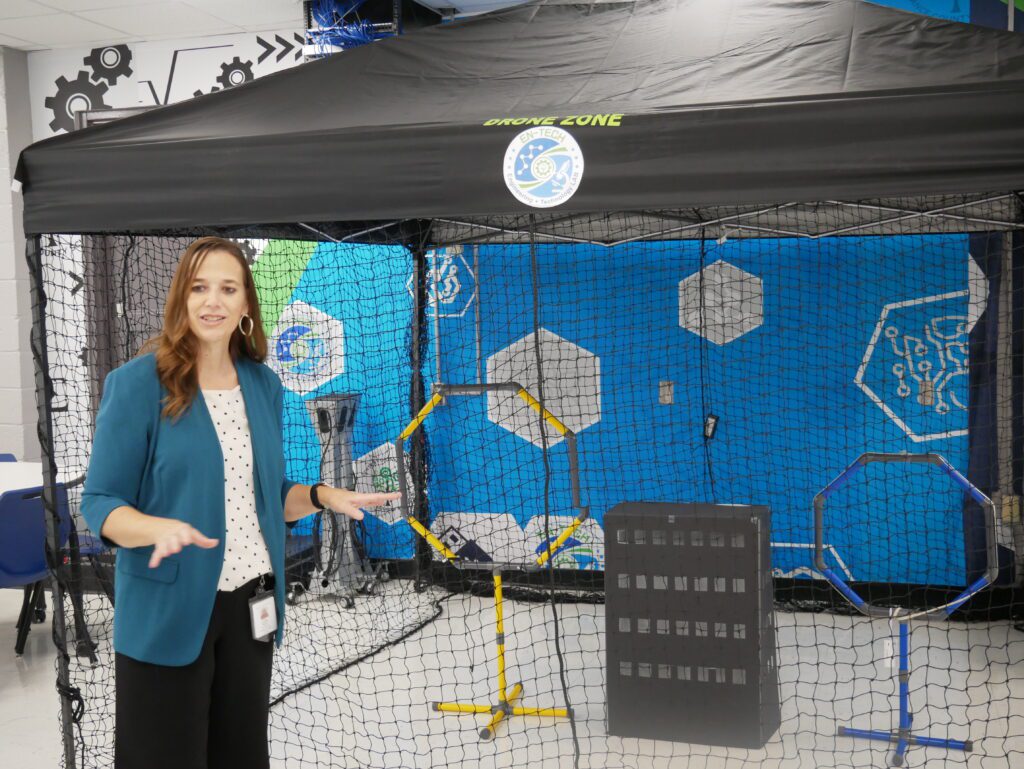
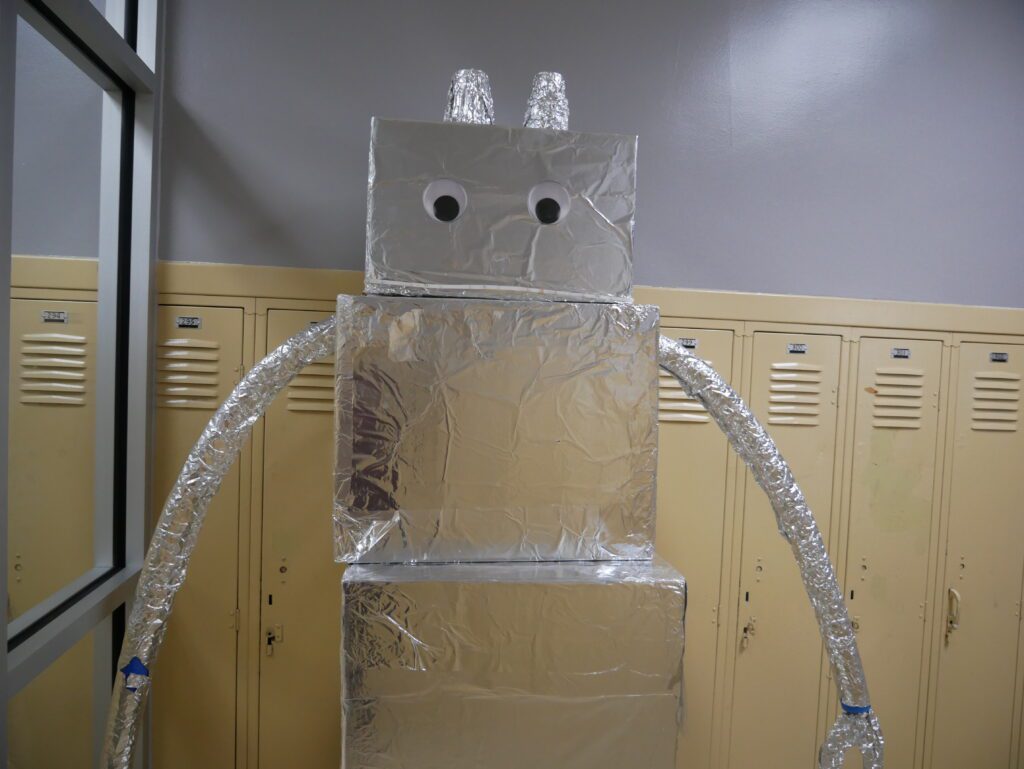
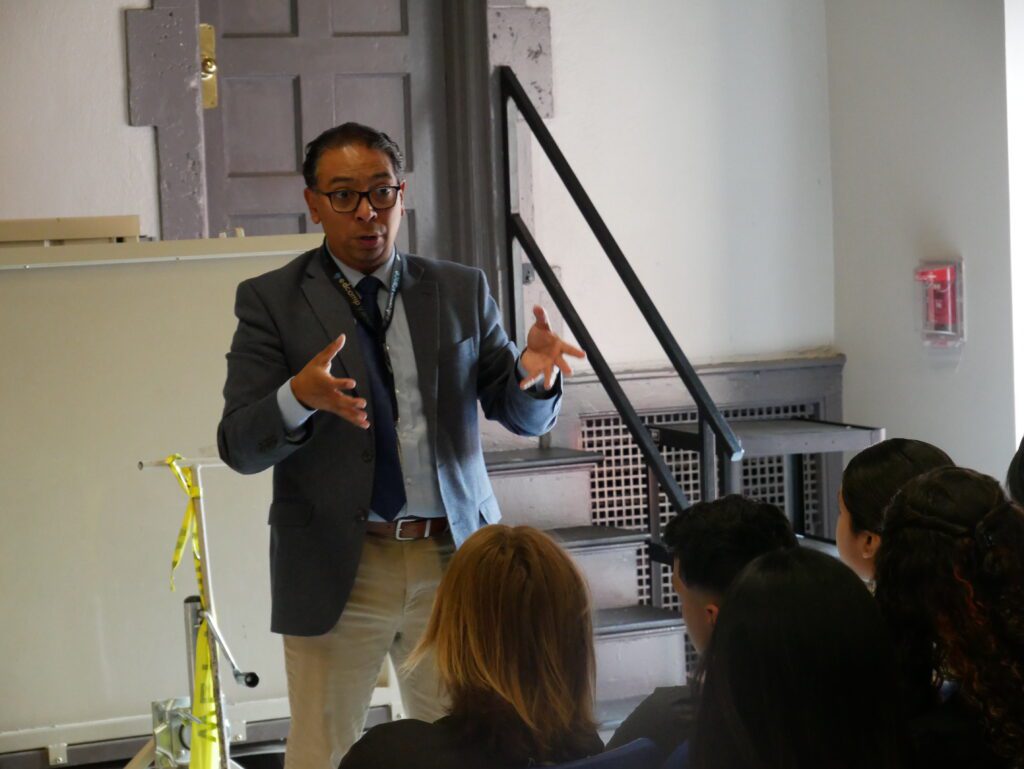
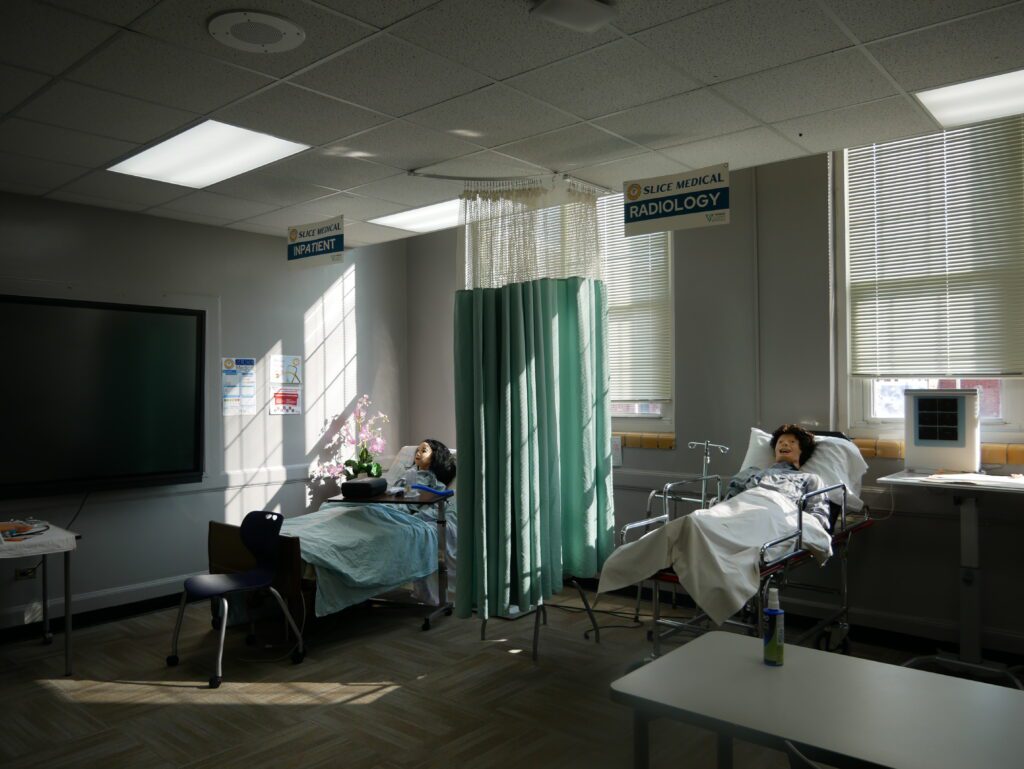
The center houses an audio lab where students podcast and record music and a video lab with a full green screen. An engineer and technology lab has a Lu interactive playground, a drone station, and robots for coding lessons. There is also a zSpace lab full of computers that offer augmented/virtual reality learning experiences.
Working with nonprofit TIP (The Innovation Project), the district was chosen to house a Spark NC lab here as well. According to its website, Spark NC “empowers students to discover careers in high-tech fields like cybersecurity, artificial intelligence and machine learning, software development, and computer systems engineering.”
The district’s lab is open to students across the district as a set of stackable modules that add up to a course credit. Transportation is provided from their school. Starting next month, a mobile tech trailer will provide even more access to this technology on the campuses of other schools.
“It’s definitely about equity,” Sandlin said. “The whole premise behind this building is what’s here is accessible.”
In the same hub are two SLICE labs — SLICE stands for “simulated labs for interactive career exploration.” These encourage students to try on different career options and learn about what courses they should take and what schools they should choose based on their career interests. There is also a maker space, an outdoor musical garden, space for community meetings, and an auditorium.
On top of labs, the center also houses three of the district’s five specialized schools, offering students and families different experiences based on their needs and preferences.
“All of our schools are so different, so they truly can find the best for their child,” Bennett said.
The center houses the Virtual Village Academy, a K-12 online school with personalized learning plans.
“The best part about this: learning anywhere, anytime, anyhow,” said Principal Jeff Batten. “I have met so many amazing families and students and I’m hearing why this is the best option for them.”
As an example of the kind of personalized attention given to each student, Batten described a graduation ceremony he conducted at the end of last school year for one student who did not feel comfortable attending the group ceremony, for several reasons.
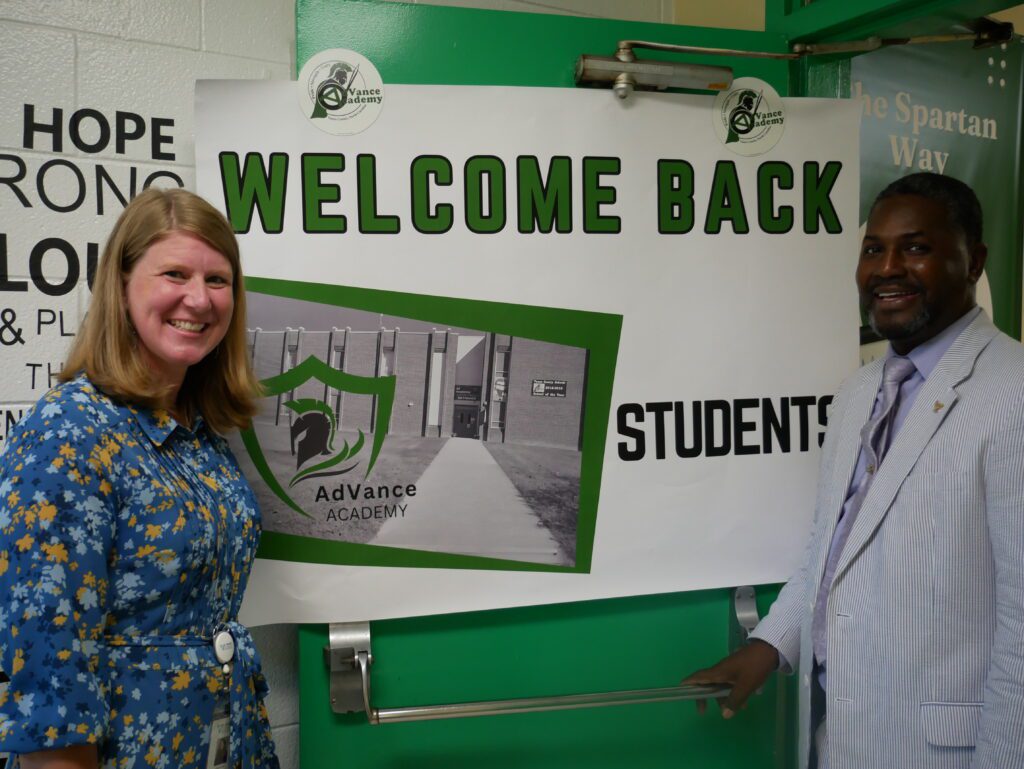
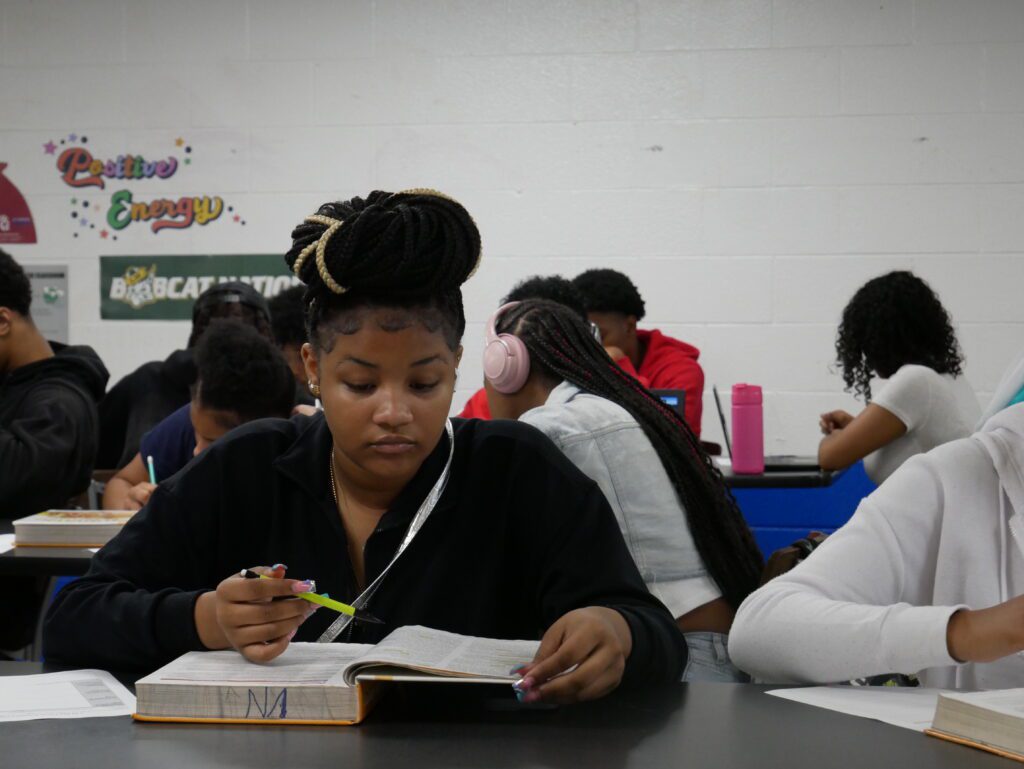
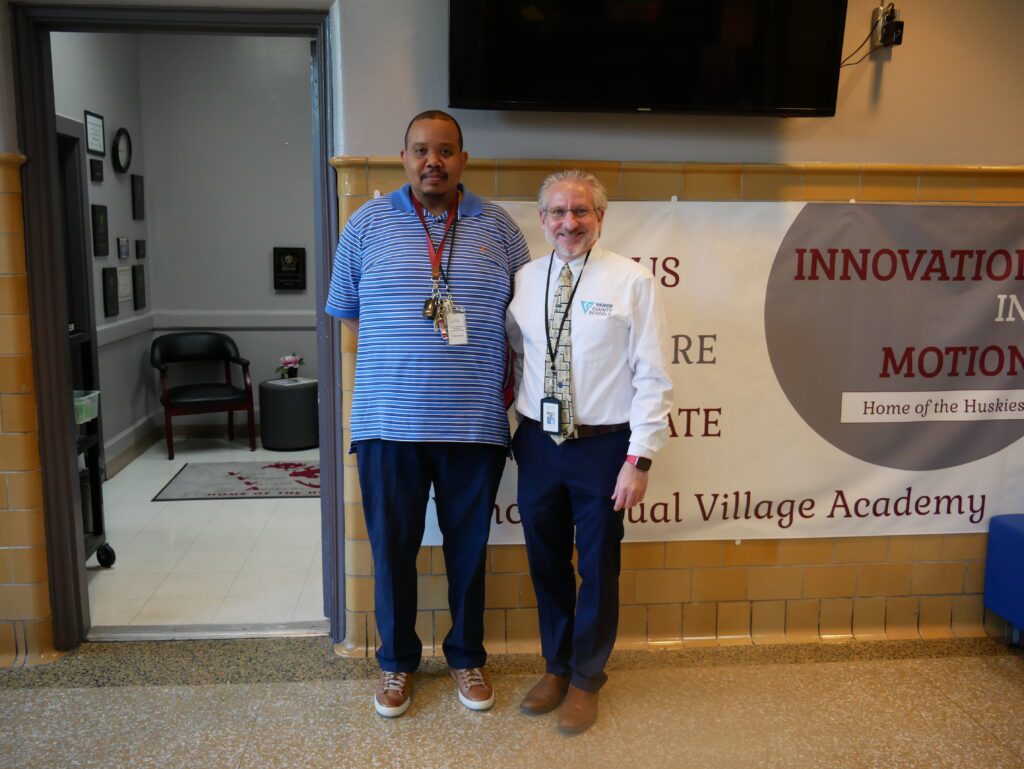
“We had all the family, we dressed him, we hummed the march coming in,” Batten said. “He still got the same experience.”
On this campus is also the STEM Early High School — a middle school modeled on the idea of an early college (which the district also has). Students apply to attend the school, which focuses on helping students earn high school credits and exposing them to science, technology, engineering, and math.
“Some of our kids could get four high school credits by the end of eighth grade,” Principal Edward Ortega said.
Through partnerships with NASA, 12 students’ names will be in the lunar space station Gateway. Last year, the school’s microgravity experiment proposal was selected to be tested at the International Space Station later this year.
“I always get goosebumps,” Ortega said when sharing his students’ accomplishments.
This year, STEM educator Milton Lima said this year his students will research two packets of tomato seeds, one of which has been to space.
“It’s the students’ job to find out which one,” Lima said.
Lima, who is from Brazil, has partnerships with teachers in both Brazil and South Korea, which will be conducting the same experiments with their students this school year.
“So three different cultures, three different geographic locations,” he said. “And we come up with different ways of doing science, different ways of thinking, and then we collaborate together.”
The third school on campus is AdVance Academy, which offers students flexible schedules depending on their preferences. Many choose the school because of family and work needs, Sandlin said.
“It’s a really awesome opportunity,” Sandlin said. “Not a lot of kids in our state have a flexible schedule like that.”
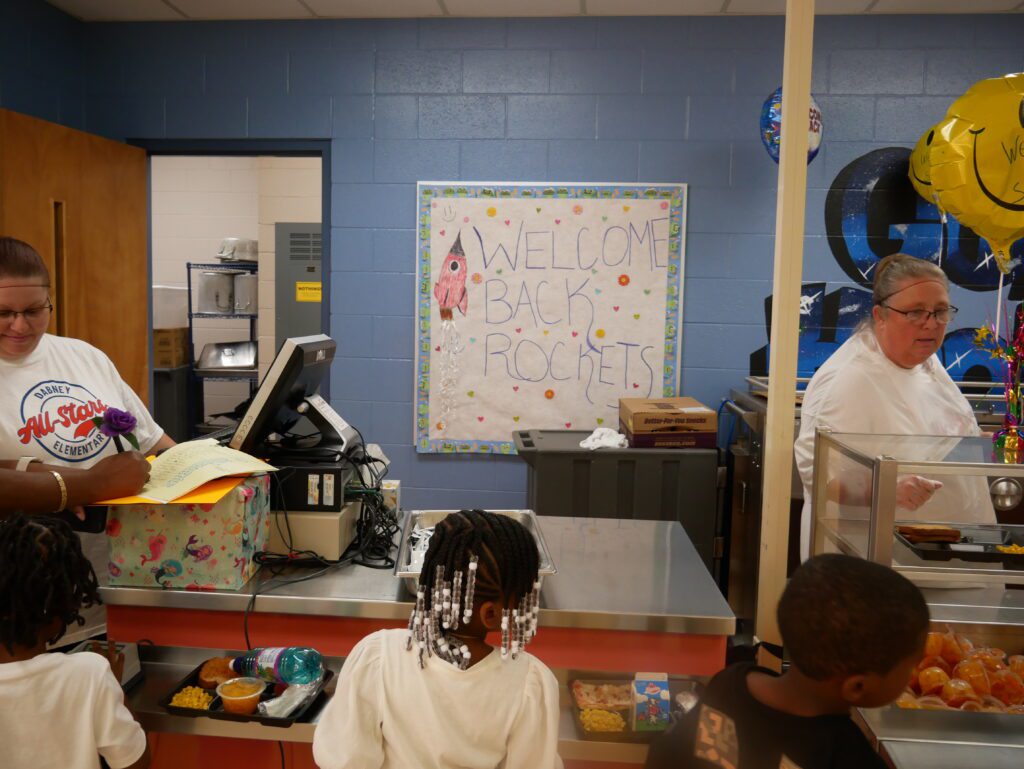
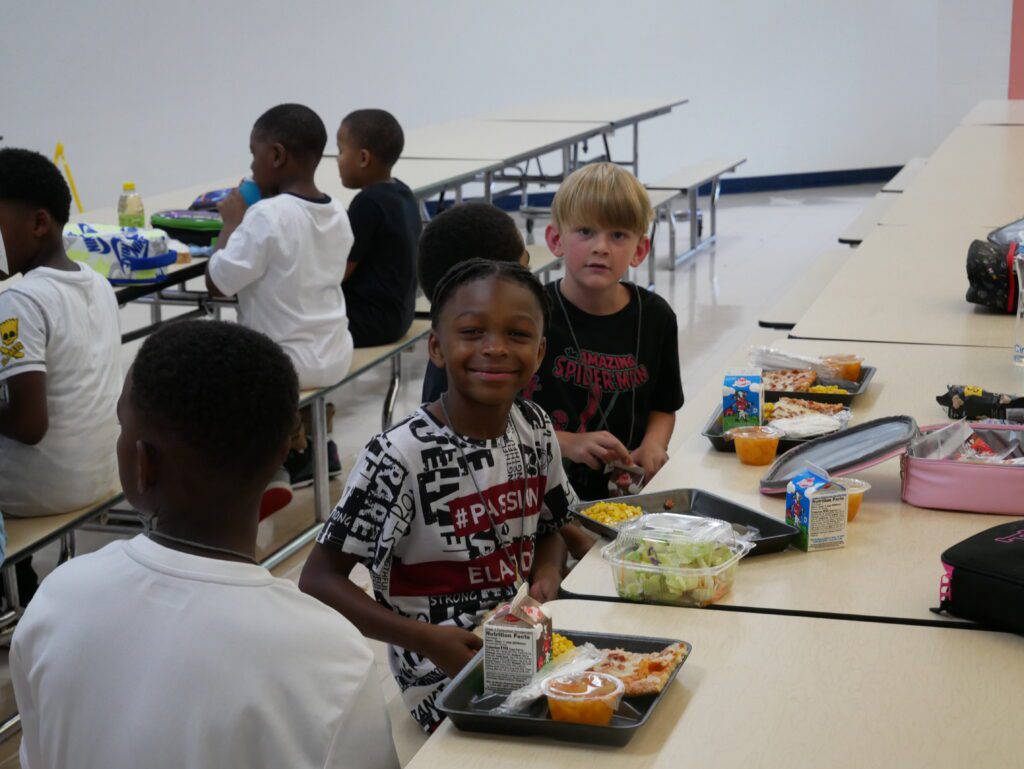
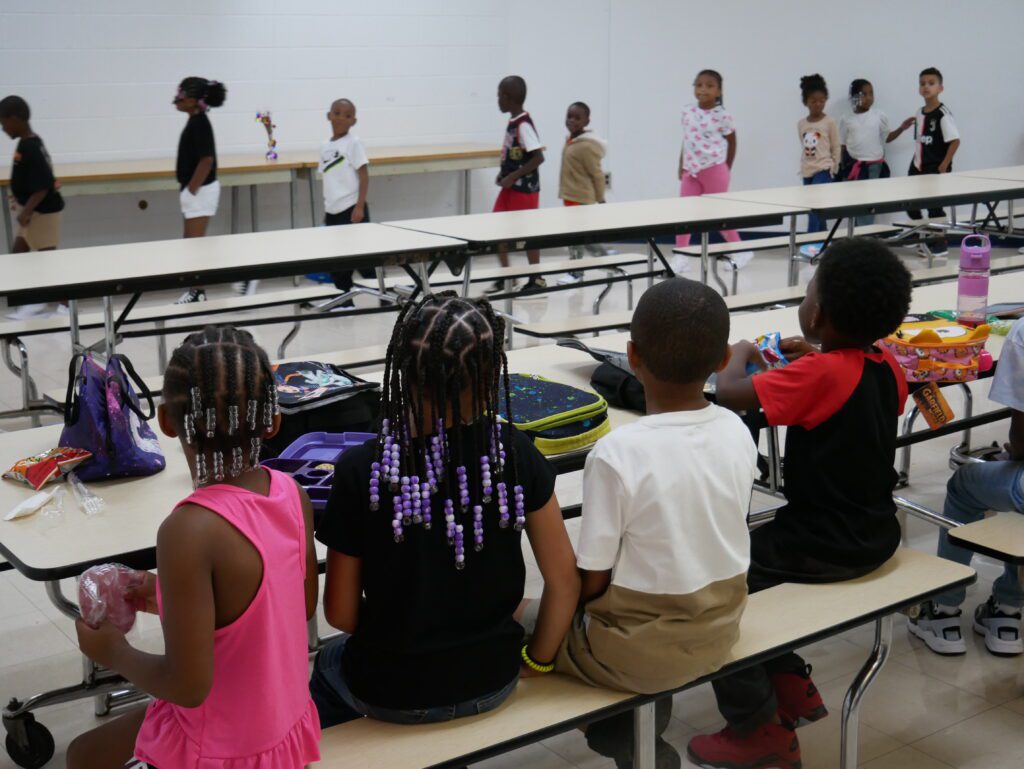
The second meal of the day Bennett served was lunch, square pizza included, at Dabney Elementary. The district is open enrollment, meaning parents can choose to send their children to a school outside their geographic territory. It’s apparent how many families outside of the bus routes choose Dabney because of the length of the car-rider line, Bennett said.
A lot of that has to do with the school’s principal, Michael Putney, who has been at the school and in this role for 45 years.
“Every year, parents come to me and say, ‘I want you to be at Dabney when my child starts school,'” Putney said. “And I say, ‘One more year.'”
He has served three generations of students, and many of the adults in the building are his former students.
“The opening of school is always exciting,” Putney said. “When they got out in the spring, they were looking short. Now they’re all tall. They’re coming to school with a renewed spirit of wanting to learn. It’s always my favorite time of the year.”
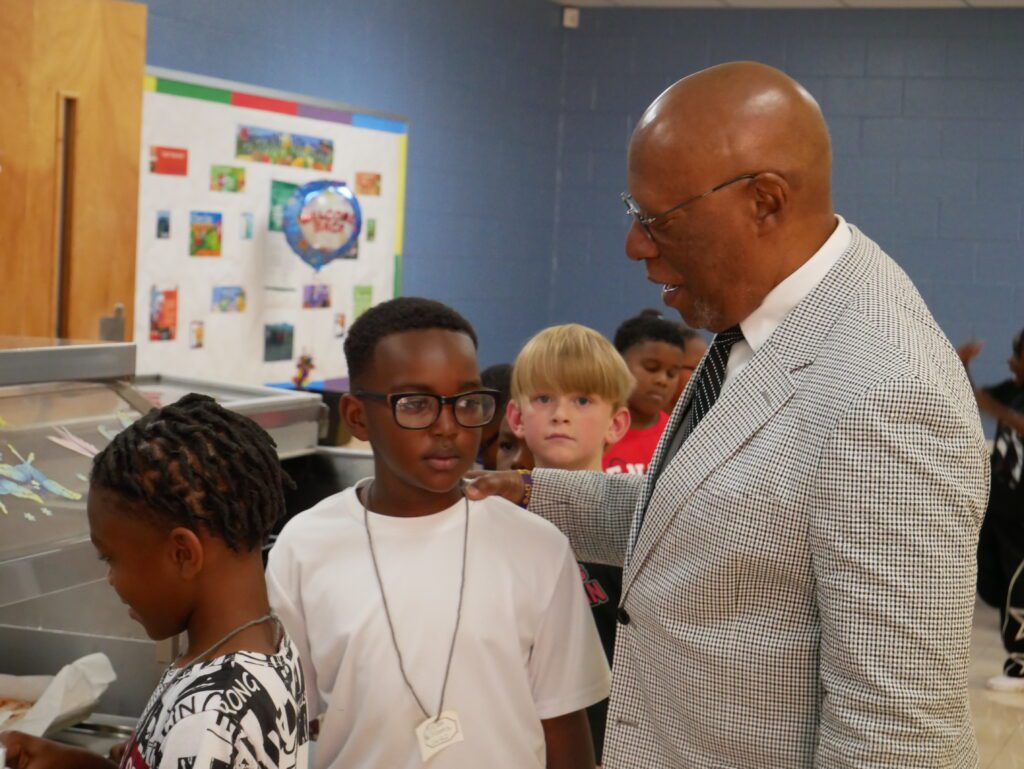
Putney has seen ebbs and flows of students and teachers, and mentioned that the creation of private and charter schools has shrunk enrollment and the hiring pool.
Bennett said the same. The existence of other choices has, along with concerns about the district’s performance, affected the district. It’s serving about 76% of the market share, she said.
“People began to walk away,” she said. “Parents have choice, and that is absolutely fine — whatever you think is the best fit for your child. What makes us feel very happy is the fact that we’re getting students back.”
The district is projected to have about 200 students more than the previous year, Bennett said.
“That’s hopeful, because the birth rate is down in this community,” she said. “So there’s some other factors that are beginning to bring some students back.”
Recommended reading
